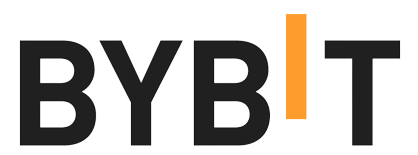- EFP has become part of the mainnet and runs on top of ENS and SWE
- This forms a solid stack for Web3 social interaction
- EFP allows you to see account connections, follower counts, and other social mechanics
Ethereum Follow Protocol (EFP) has become part of the mainnet, and complements Ethereum Name Service (ENS) and Sign-In with Ethereum (SWE), creating a social layer for the entire Ethereum community.
This allows you to follow other Ethereum accounts, see activity, number of subscriptions and mutual connections, tag users, and other features as you would on a regular social network.
However, it does not override them and is positioned as an add-on that can be integrated into any Web3 application, enhancing its social component and empowering the community.
What Ethereum Follow Protocol Provides
EFP is a decentralized social graph that extends the Ethereum account experience by introducing elements of social interaction.
It complements already existing tools like ENS, similar to DNS which allows us to use site names instead of a set of numbers in Web2, and SIWE which allows you to authorize services similar to what you do with a Google account.
Ethereum Follow Protocol (@efp) is now live on mainnet!
— brantly.eth (@BrantlyMillegan) September 24, 2024
EFP is a decentralized onchain social graph protocol for Ethereum accounts
a new primitive of the Ethereum identity stack, complementing other elements like ENS & SIWE, & can enhance any crypto app
Link to app & more 👇 pic.twitter.com/HfXlCXB2t2
This addition forms a stack of EFP, ENS, and SIWE, enabling the creation of social networking platforms that many people could not imagine web2 without, but now almost entirely in web3. This creates a whole area of blockchain extension that many ordinary people can use, filling the gap between web2 and web3 users.
Talking more about the possibilities this opens up for EFP:
- Subscribe to other Ethereum accounts
- Tag them and choose your own top 8 users like mySpace did
- See a feed of accounts that are followed the most often
- See account connections, follower counts, and friends of friends
Conclusions
We have yet to see this in perspective, but this could likely be the piece of the puzzle that has been sorely lacking to move one of the fundamental usage scenarios from Web2 to Web3.
After all, many people use the Internet mostly for social networking, not digital finance and more. For them, Web3 almost does not exist, which severely inhibits the fundamental shift from Web2 to Web3 of the entire internet or even most of it beyond finance.
Those who would like to use alternatives face the fact that full-fledged social networks are now mostly only possible in Web2, but this stack could be the foundation to change in that direction.







